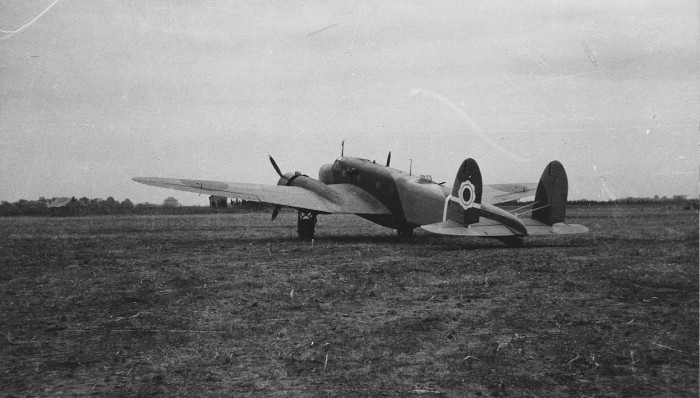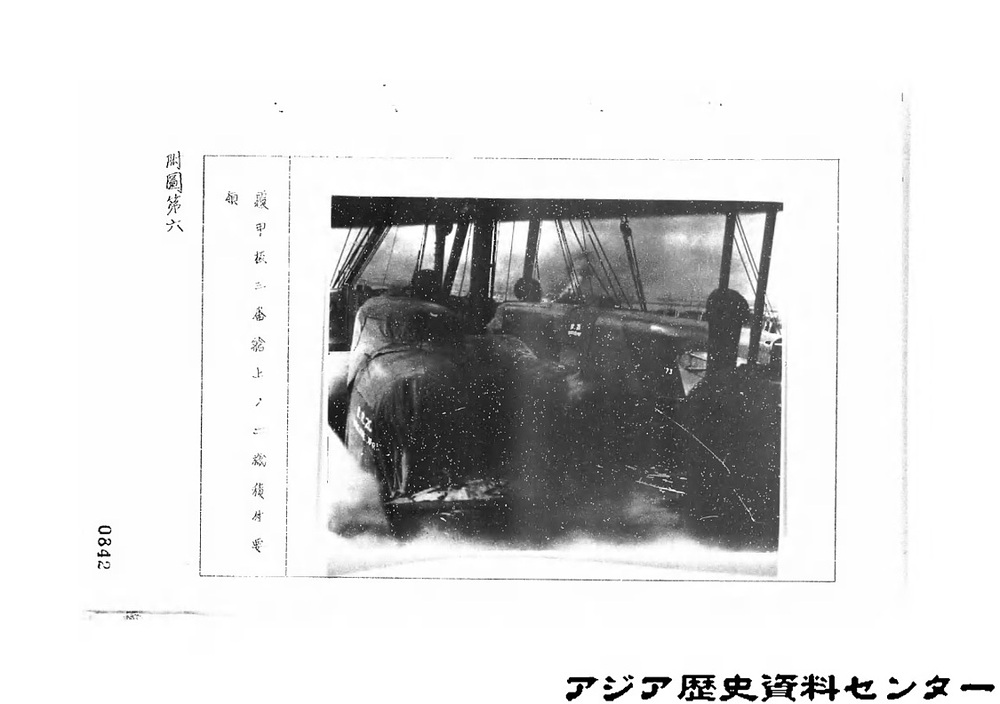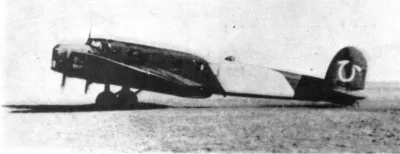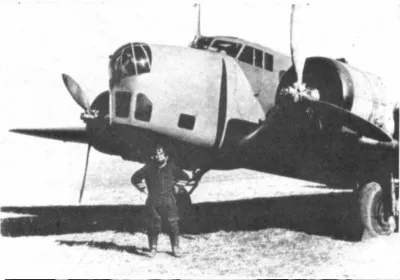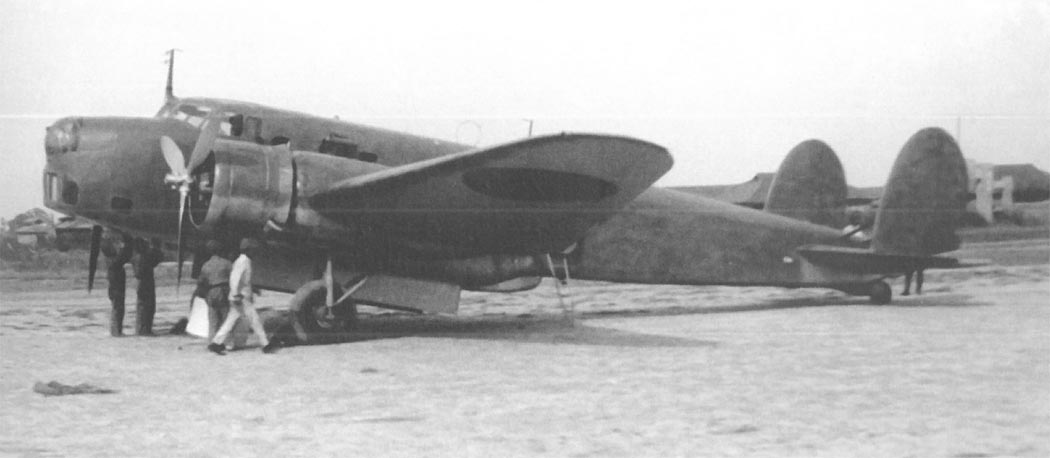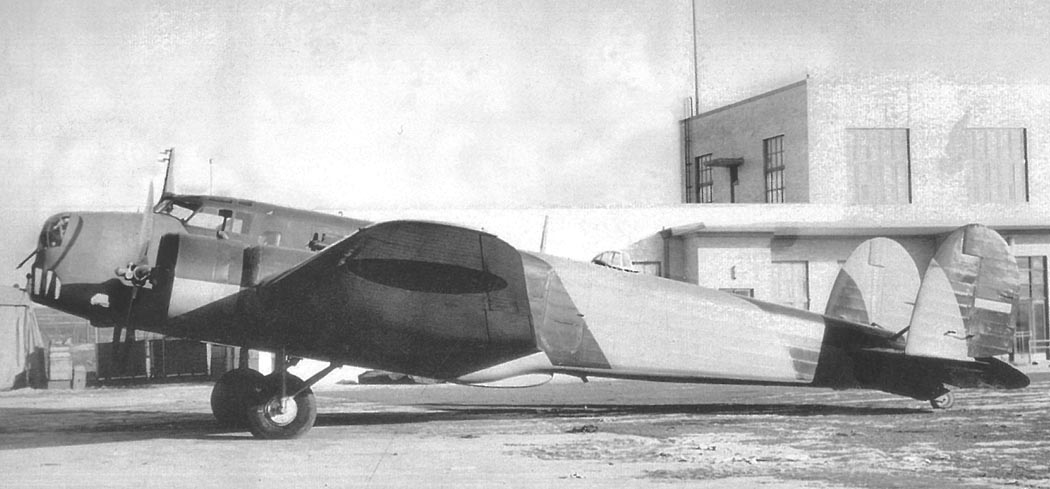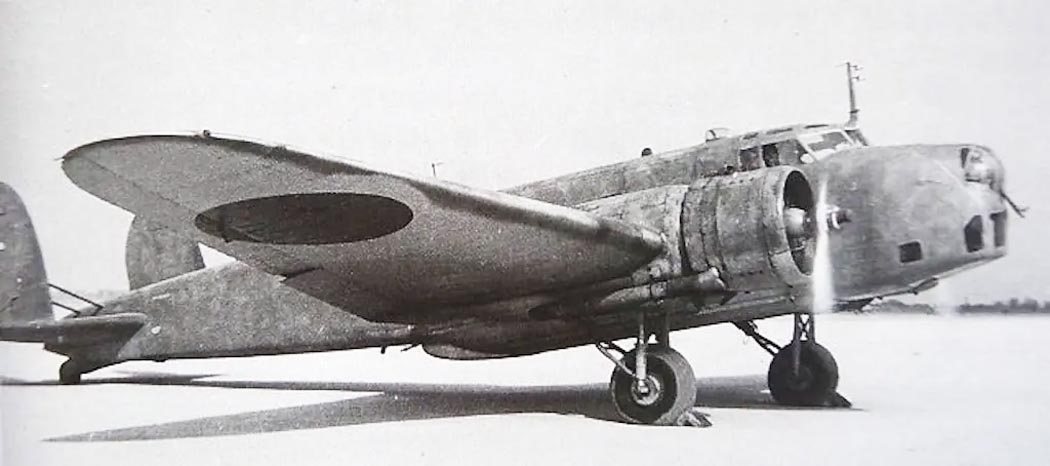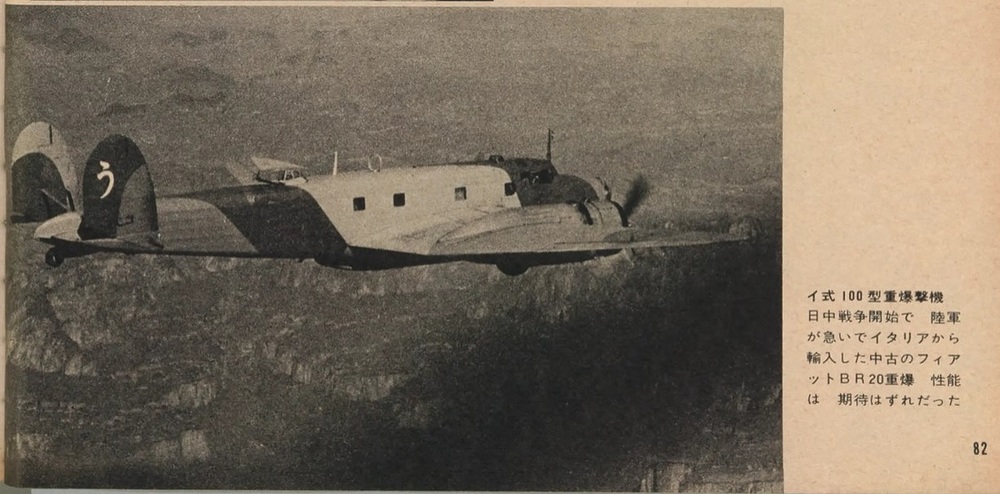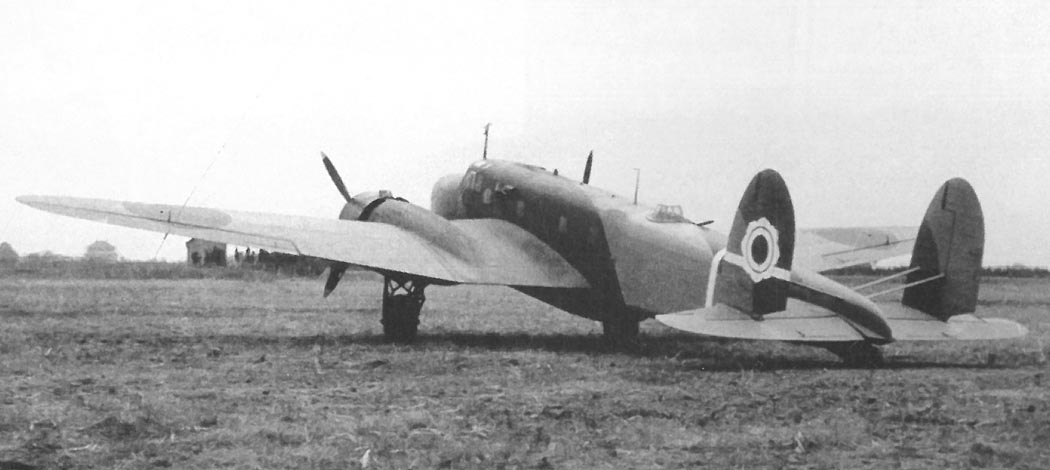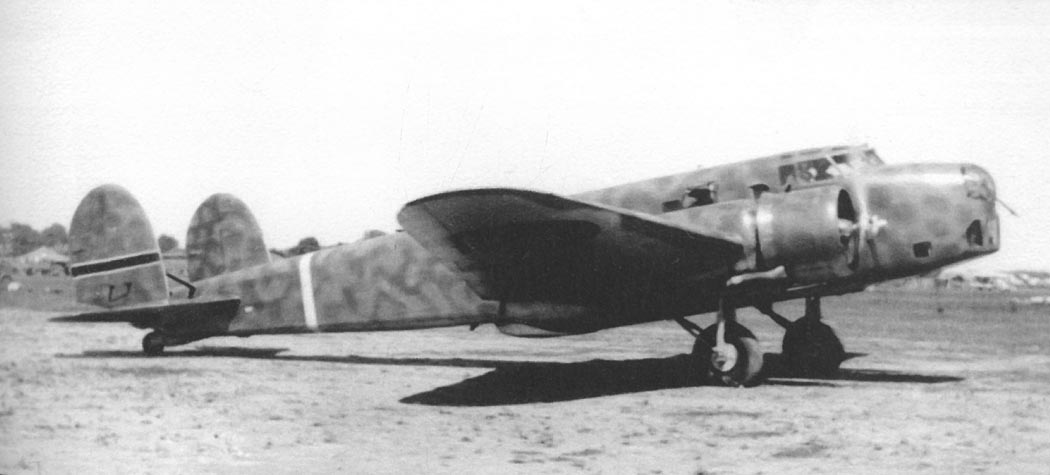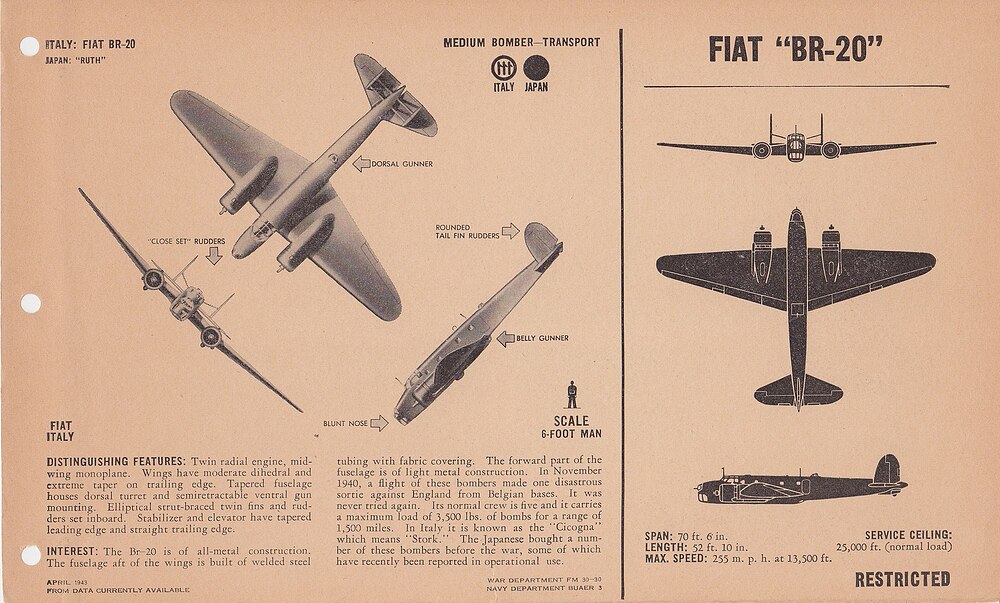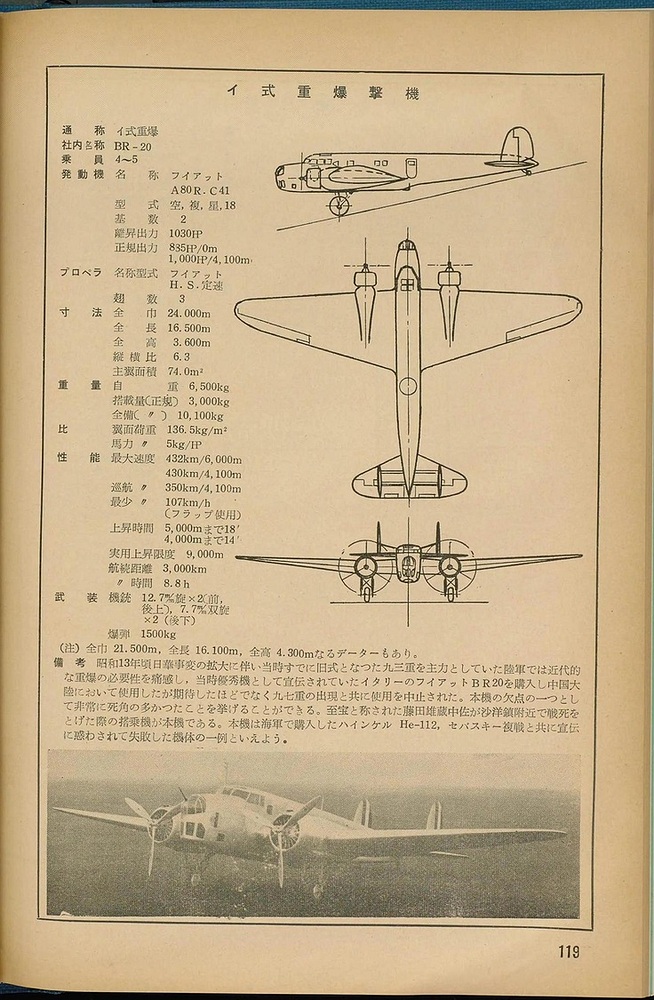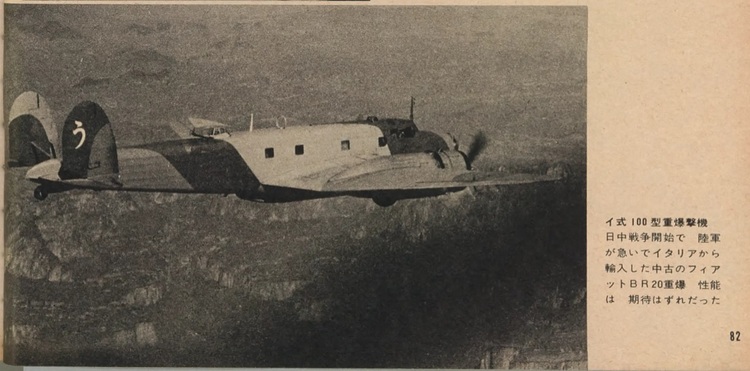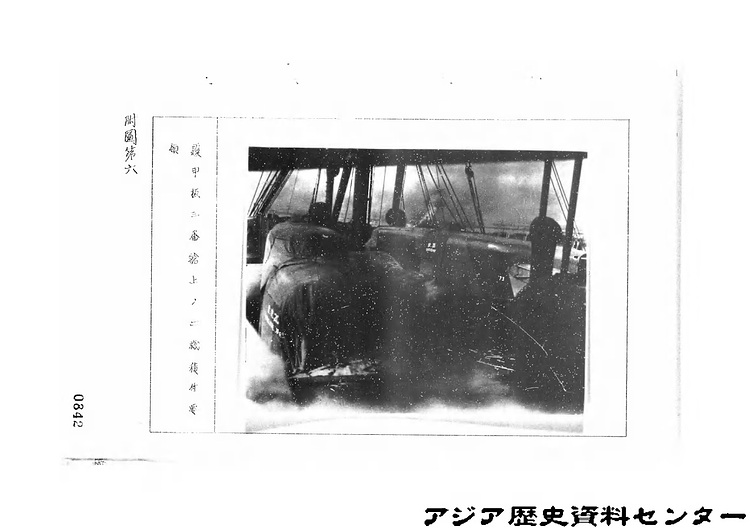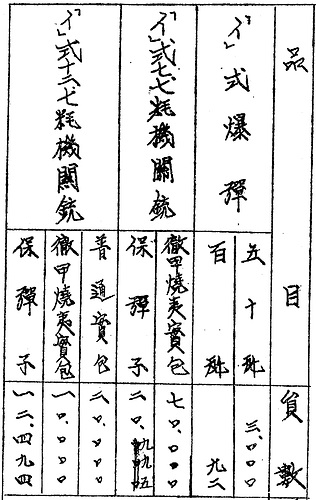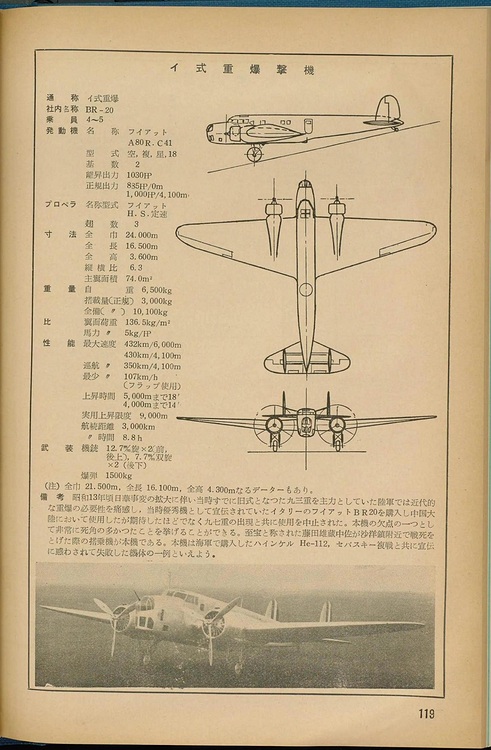- Yes
- No

Fiat Type Yi/Type I Model 100 Heavy Bomber (イ式重爆撃機/イ式100型重爆撃機)
Fiat Type Yi aircraft were purchased by Japan in 1938 due to the high demand for bombers. 75 or 85 were purchased, which served from 1938 to 1939 as bombers, and until 1941 were used as transport aircraft.
History
In July 1937, the Second Sino-Japanese War began, which led to the need for heavy bombers. The only heavy bomber that Japan had was the Ki-1, although in 1937 tests of the new Ki-21 bomber were already underway. The Japanese army urgently needed bombers until more Ki-21 aircraft were introduced, so it was decided to purchase a bomber from abroad. Initially, it was planned to buy the He 111 aircraft from Germany, but there was opposition from the Wehrmacht. Due to the refusal from Germany, it was decided to buy bombers from Italy. A Japanese delegation was sent to check which Italian aircraft was best suited for Japanese requirements. The Italian Air Force presented two B.R. 20 and Ca.135 bombers to the Japanese delegation. The Japanese decided on the B.R. 20 as it was a more modern aircraft than the Ca.135. The Japanese decided to purchase 75 or 85 B.R. 20 aircraft, the first of which was delivered in early 1938.The Japanese army improved the defensive armament of the Fiat B.R. 20 aircraft by mounting a Breda-SAFAT 12.7 mm machine gun on the back (as in the B.R. 20M) and in the nose, as well as a twin Breda-SAFAT 7.7 mm machine gun on the belly. The aircraft quickly entered combat use, where they received very negative evaluations by the crews. The performance and range were criticized, in addition, the B.R. 20 often broke down in the harsh conditions of Manchuria, the Japanese praised only the defensive capabilities of the aircraft. In 1939, there were serious issues with bomb loads because the bomb bays did not fit the Japanese bombs (which led to a lower payload), making it necessary to use exported Italian bombs, which quickly started to run out. Additionally, due to crew errors, enemy fighters, and technical reasons, the Japanese lost about 20 B.R 20 at the beginning of 1939. The Japanese army was already receiving large numbers of Ki-21 aircraft, so it was decided to withdraw the B.R. 20 aircraft from combat units. The planes were directed to transport and courier duties, but due to the lack of spare parts, none of the remaining B.R.20 aircraft was able to fly until 1941.
Structure description
Changes to the Japanese B.R. 20 compared to the Italian version (B.R 20M M1):
- Installation of the Breda-SAFAT 12.7mm machine gun in the nose
- A dual Breda-SAFAT 7.7mm machine gun was installed under the belly.
- The possibility of equipping with Japanese bombs
General characteristics
- Crew: 6
- Length: 16,173 m
- Wingspan: 21,56 m
- Height: 4,75 m
- Wing area: 74,07 m2
- Empty weight: 6500 kg
- Gross weight: 10100 kg
- Maximum Take-off Weight: 10450 kg
- Powerplant: 2 x Fiat A.80 R.C.41 18-cylinder piston engine air-cooled, with a power of 746 kW (1000 HP) each
- Propellers: Three-blade Fiat-Hamilton propeller with a constant rotational speed and a diameter of 3.531 mm
Performance
- Maximum speed: 430 km/h
- Cruising speed: 350 km/h
- Range: 865 km
- Maximum Range: 3000 km
- Service ceiling: 7200 m
- Climb Rate: 4,75 m/s
- Rate of climb: 17,93 min to 5000 m
Armament
- Armament:
- 1 x 12.7mm Breda-SAFAT machine gun in the nose
- 1 x 12.7mm Breda-SAFAT machine gun on the back
- 2 x Breda-SAFAT 7.7mm machine guns under the fuselage
- Bombs:
- 1,600 kg (Italian and Japanese)
Special thanks
Summary
The Fiat Type Yi/B.R.20 would be a very interesting addition for Japan in War Thunder. It will be a very interesting low-Br bomber that will provide a different experience than Japanese bombers. Thanks to its defensive capabilities, it will be able to destroy enemy fighters with ease, which is a plus for this aircraft. I encourage you to discuss in the comments and to share your own knowledge on this subject.
Finally, I apologize for the linguistic and logical errors because unfortunately English is not my main language and I had to use google translator.
Internet sources
イ式重爆撃機 - Wikipedia
Fiat BR.20 Cicogna - Wikipedia
Fiat BR-20s in Japanese service - Axis History Forum
Fiat BR.20 Cicogna - bomber (aviastar.org)
旧陸軍「イ式重爆撃機」2年足らずで使い捨ての理由と背景 不遇のイタリア機…なぜ? | 乗りものニュース- (2) (trafficnews.jp)
イ式重爆撃機とは (イシキジュウバクゲキキとは) [単語記事] - ニコニコ大百科 (nicovideo.jp)
Type “Yi” Heavy Bomber (Fiat BR.20) - Japan - War Thunder - Official Forum
Уголок неба ¦ Fiat BR.20 Cicogna
Fiat BR.20 Cicogna : Fiat
Book sources
- (Wydawnictwo Militaria No.81) Fiat BR.20 | PDF
- Submitting classified documents
- Kwantung Army Order (Kan 1 Gomei No. 55)
- Purchasing air weapon of Italy
- Present situation of Type 100 machine munitions
- 日本航空機総集 輸入機篇 (Japan Aircraft Catalogue Imported Aircraft Edition) Shuppan Kyosha, 1972, page. 164
- 日本航空機辞典 1910年(明治43年)~1945年(昭和20年) 上巻 (Encyclopedia of Japanese Aircraft 1910 (Meiji 43) – 1945 (Showa 20), Volume 1) page 83
Additional sources
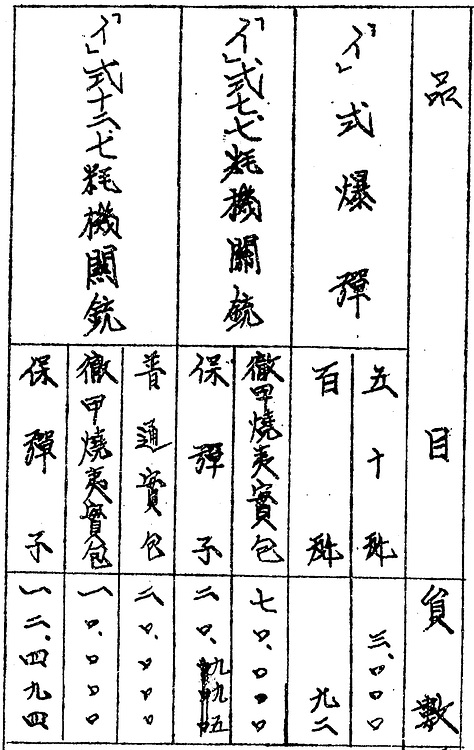

Thank you for reading the suggestion, see you in the next one. Good luck pilots

